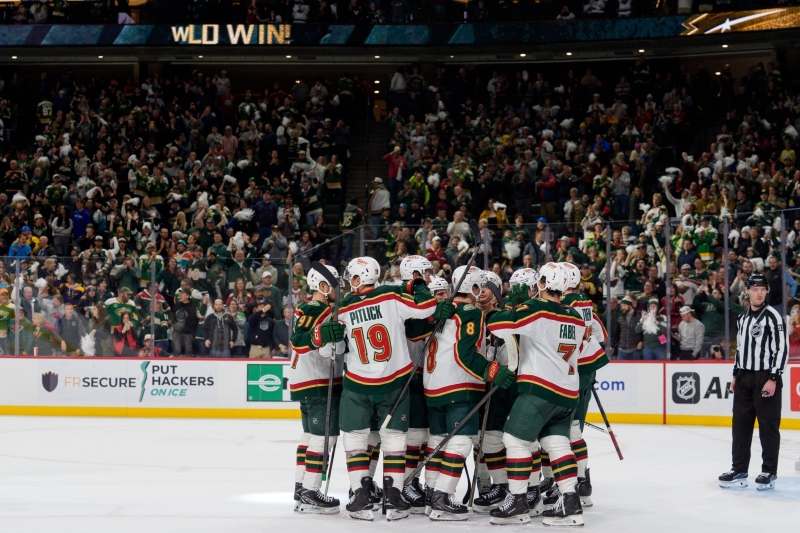For a team with the Minnesota Wild’s skill and talent, it’s hard to be this bad for this long. As it stands, the Wild are the third-worst team in the Western Conference at 5-6-3. It’s a far cry from their pace of play last season, when they were leading the NHL in points at the start of December.
Depth moves won’t help the team, and impact forwards are hard to come by this early in the season. Mats Zuccarello and Nico Sturm’s returns are imminent, but how much winning can anyone expect a 38-year-old undersized winger and a fourth-line center to drive?
It’s unlikely anyone in Iowa can impact the top-six immediately, and they aren’t giving big roles or large minutes to their young players. The answers this team seeks must come from the 22 guys they have in the locker room.
While the Wild aren’t playing like a team in Year 3 of a five-year plan, there are a few stats we can look at that paint a more holistic picture when diagnosing the team’s flaws.
Let’s start with scoring, which has been a problem.
The Wild are dead last in the NHL in Goals For % at just 38.14%. That means that when they are on the ice, they score goals at a 38.14% clip relative to the goals they allow.
Minnesota is also dead last in Goals For Above Expected (-12.89). That means this team has left 13 goals on the table that they theoretically should have scored. Another stat that puts this in perspective is this team’s shooting percentage, which is also last in the league at 6.28%. No other team is below 7%..
The stat Goals/60 minutes summarizes Minnesota’s scoring situation, and that’s also the lowest in the league at 1.65. A team with Kirill Kaprizov, Matt Boldy, Marco Rossi, and Zeev Buium won’t score at that rate all year long.
The Wild aren’t terrible in net. Their team save percentage is middle of the road, a 90.9% from the two goalies is good enough for 14th in the league. Gustavsson has not been as good as he was last season, but he’s been good enough to keep the team in games. As the offense recovers, Gus’s numbers will start to level out.
PDO measures how lucky a team is by combining its shooting percentage with its save percentage.
The mean PDO is 100. Teams will positively and negatively regress to the mean, meaning that teams above 100 are typically overperformers whose performance will balance out over 82 games
As it stands now, the Wild are the second-worst in the league with a 96.99 PDO. Only the St. Louis Blues are worse. Last season, Minnesota finished with a 100.07 PDO. That was good for nearly the middle of league average, with every team besides the Nashville Predators finishing within 2.5 points of the 100 marker.
Teams are unlikely to sustain such high shooting and save percentages over the entire year. Therefore, bad teams will have a lower PDO, and good teams will have a higher PDO. However, teams with the Wild’s tools won’t have a poor PDO for the entire year. It’s bound for a correction to the mean.
Minnesota is too talented and too skilled to have these kinds of underlying numbers. They’ve won two in a row and are still only three points out of a playoff spot. The Wild are off to a slow start, but it’s not over yet. Things are bound to get better because statistically, they ought to.
All stats and data via HockeyDB, EvolvingHockey, and Moneypuck.com unless otherwise noted.
